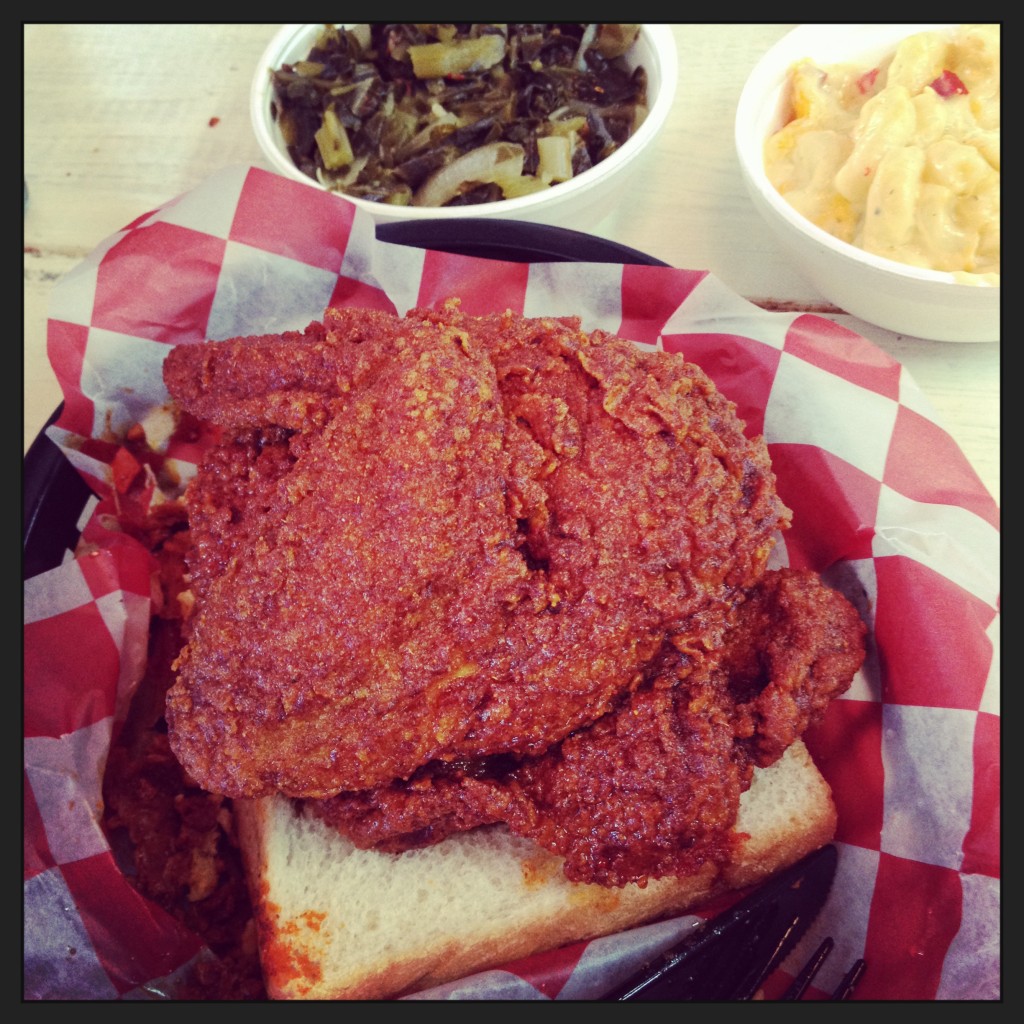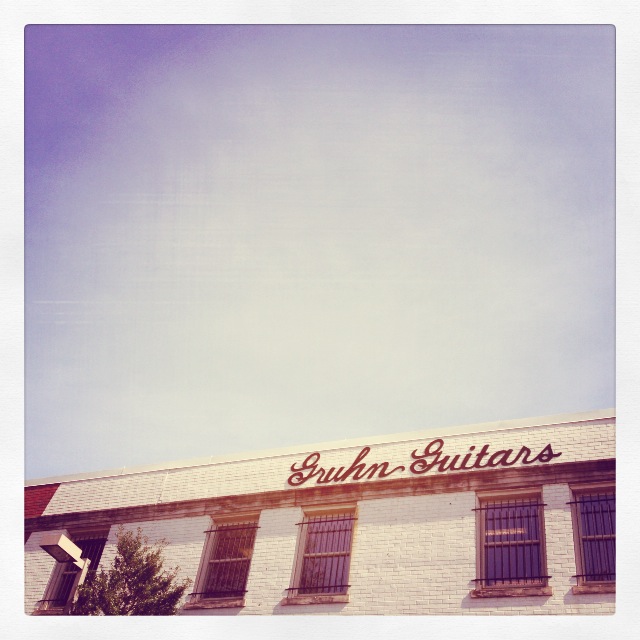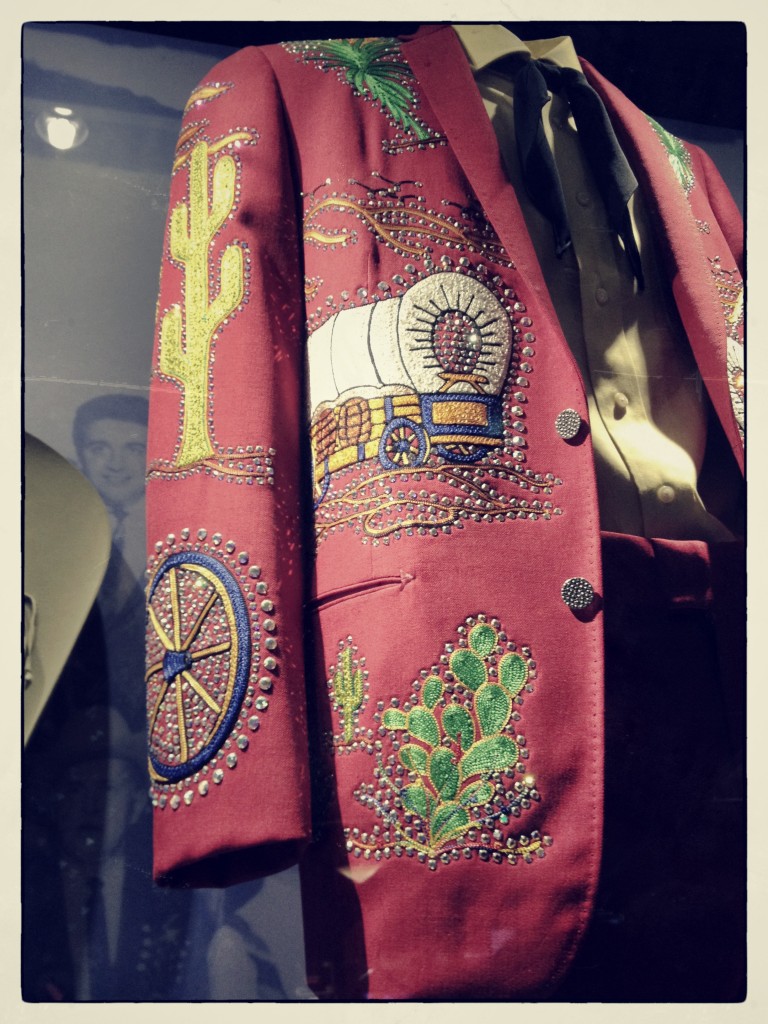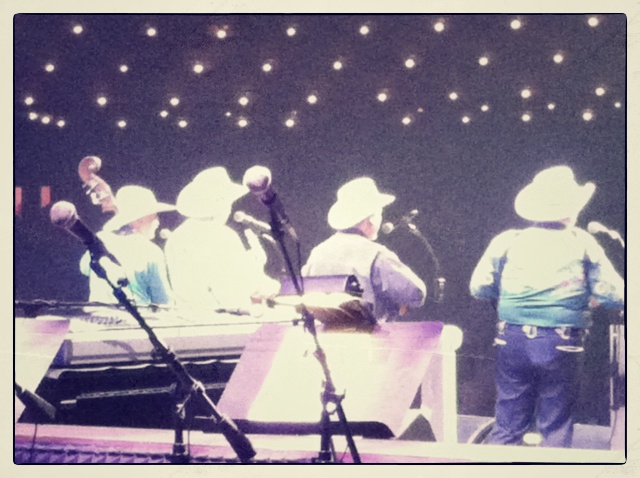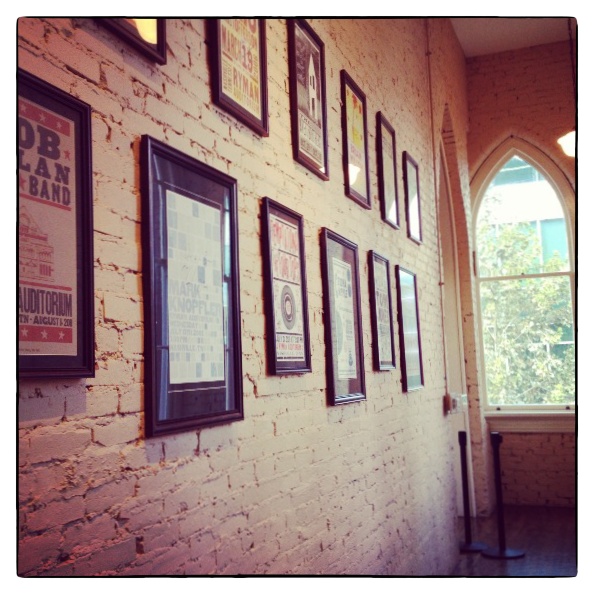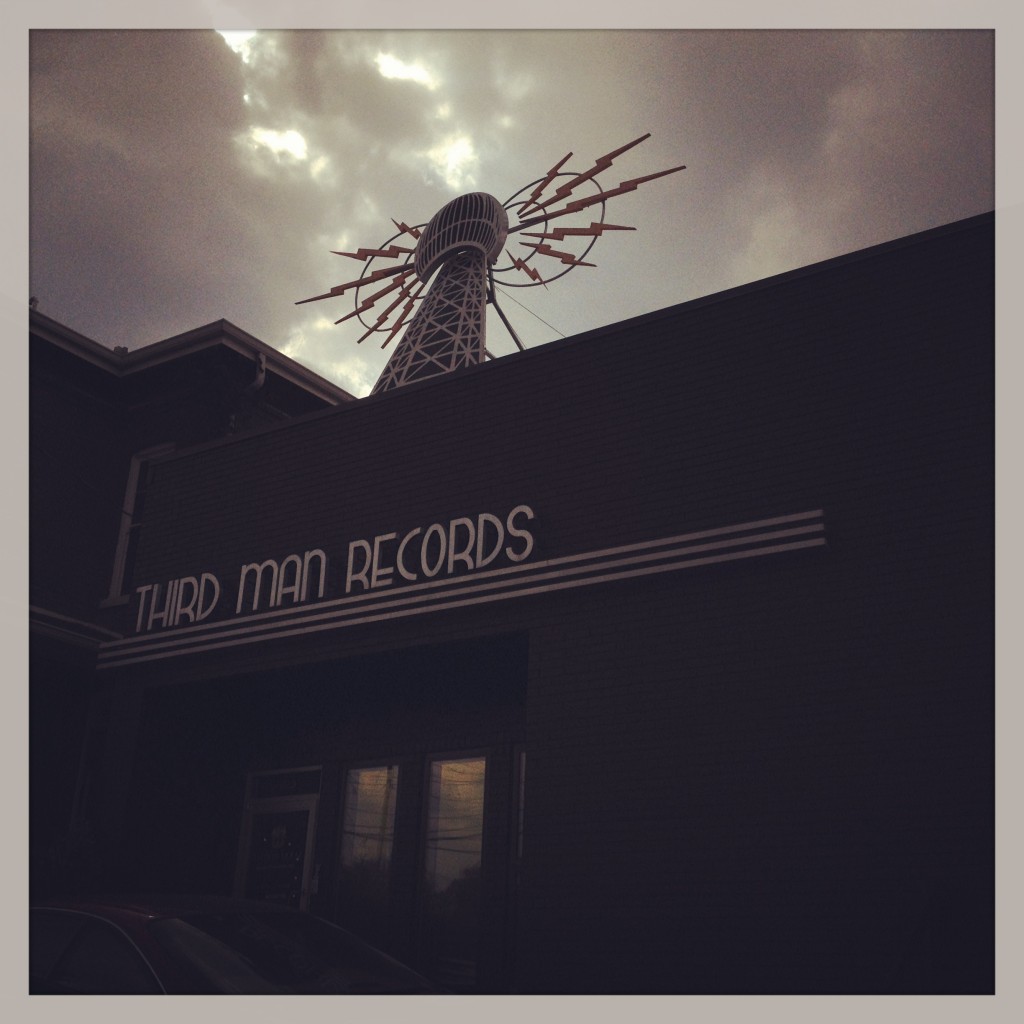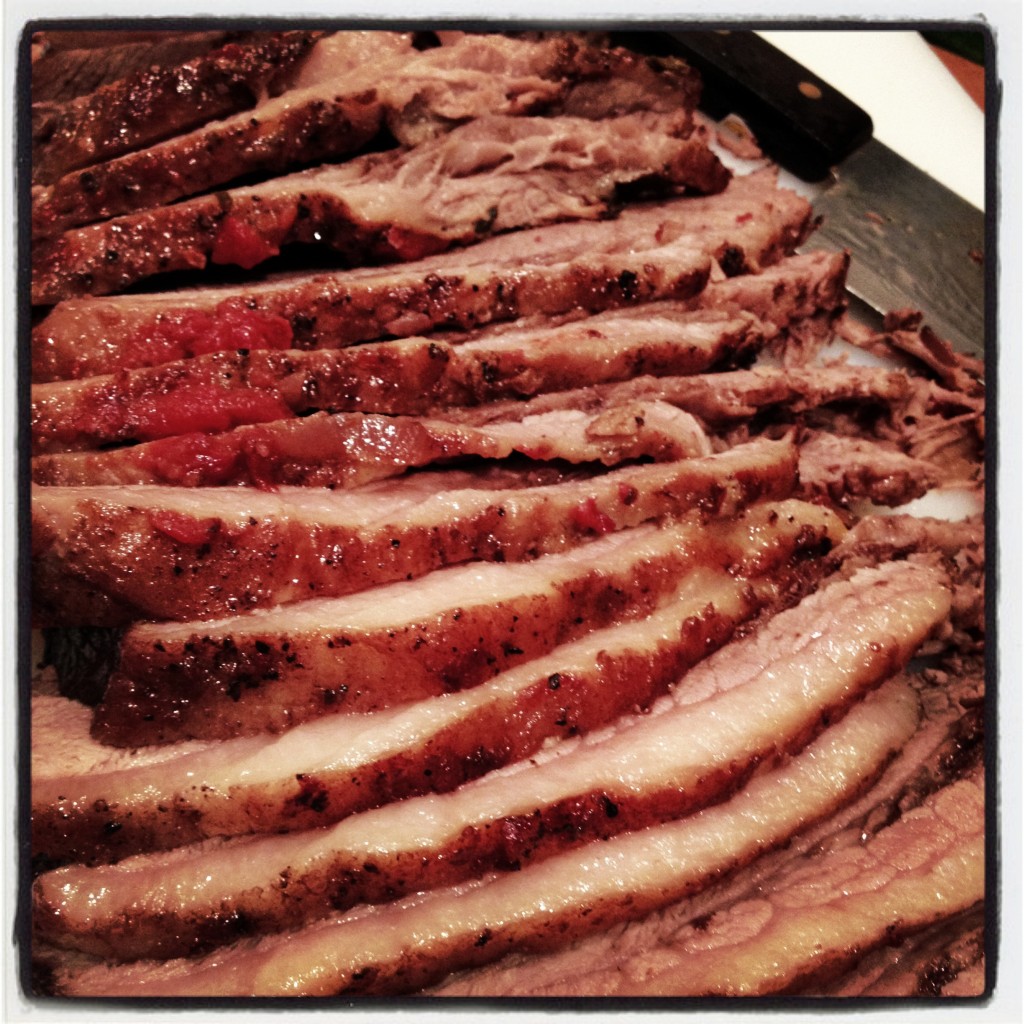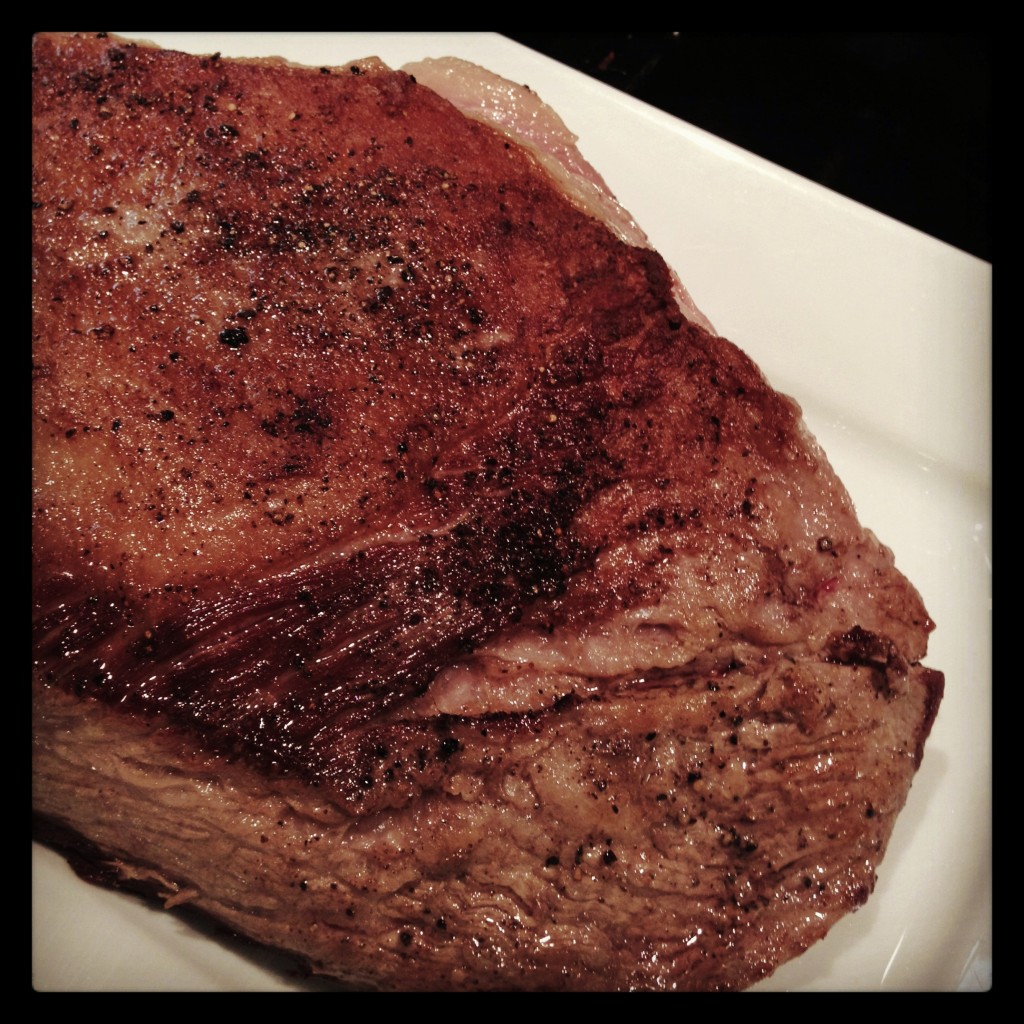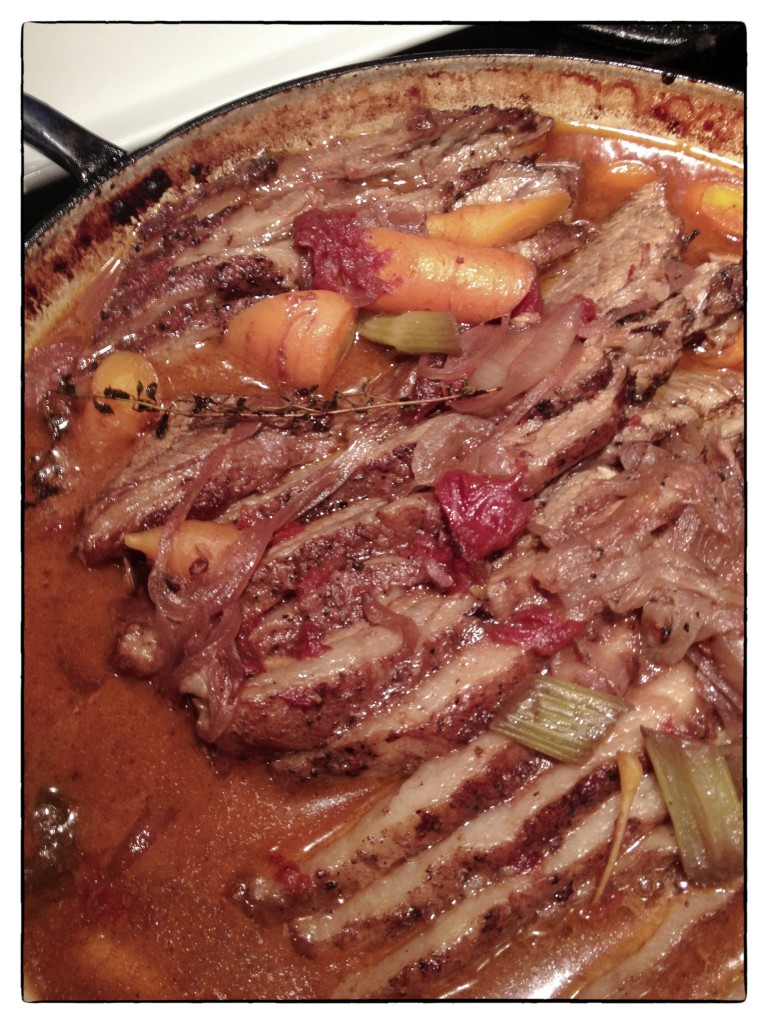Fried chicken is my balm, my comfort, my heroin; the first time I had it — in 1967 at Cookie’s Steak House in the Walt Whitman Shopping Center on Long Island — I was certain I had met God. As a four year old, I was a complainer at the table: I cried, I groaned, I squirmed, I whined, and the only way my parents and grandmother could get me to shut up was to ply me with a drumstick. It was crumbly, crispy, salty, meaty; at Cookie’s, it came in a plasticized black and gold basket lined in gingham paper which acted as a sponge for the Southern fried schmaltz that — once I realized I wasn’t supposed to actually use that little plywood two-tine “fork” to pull it off the bone — would coat my hands and drip into the lap of my OshKosh coveralls, which I demanded my mother dress me in for the occasion.
Grab a-hold of that thing and eat it like you mean it—This is real American food, my grandmother growled, pulling a breast out of her basket. She tore at it like she hadn’t seen a meal in months, and then disappeared into the bathroom to re-glue her dentures.
It was shocking — and freeing — to see Gaga eat with such ravenous gusto; she was suddenly a beast—an animal—in Kleins‘ triple-weave polyester and a Cross-Your-Heart bra. To this day, fried chicken is my love, my bitch, and when things in my life have gone off the rails, Susan will often find grease-stained sacks tucked under the front seat of the Subaru, as though the smell of fryolator oil and poultry won’t give me away.
I don’t remember exactly what year it was: probably 1977, when Manhattan was in the throes of a garbage strike that made the streets wither under pungent screens of noxious filth, and Son of Sam was terrorizing my sweet neighborhood in Forest Hills. The last threads of my parents’ marriage were fraying like old string. We hadn’t been to Cookie’s in years; instead, we ate in silence at the dinner table, when we managed to simultaneously assemble there at all. When we didn’t — when my mother stayed in the city for client meetings and my father’s appetite had spiraled into cravings for on-the-run Mallomars and pastrami — I’d often spend my evenings in front of the television alone watching Hee Haw, eating Swanson’s frozen Southern fried chicken and biscuits, and wondering why Minnie Pearl didn’t clip the price tag off her hat.
In those days, my mother worked on Saturdays until very late in the afternoon; even though their communication had crunched to a halt, my father and I would drive into the city to pick her up and bring her back home. We’d go in early with my guitar, for my weekly lesson with Eddie Simon; at fourteen, I was playing a vintage, dark cherry Gretsch Chet Atkins like the one George Harrison stood on stage with at the Ed Sullivan Theatre — I’d already given up a flame-toned Les Paul Deluxe that matched my mother’s Dansk fondue pot, and which I simply couldn’t lift. After my lesson, my father and I would spend the day kicking around town, having lunch, talking about the dreams he still clung to even in his mid-fifties, with his business failing and his father dying the year before and his wife slipping through his fingertips like water through a sieve. We’d talk about my plans, which were mostly tangled in a knot of pubescent angst, on-the-spectrum infatuation with acoustic string instruments — I could accurately date and model a prewar Martin based on its neck shape from twenty paces — and my intention to eventually take off and go to college on the other side of the country, just as soon as I possibly could.
A year later, when they divorced, the hours I spent with my father — just the two of us — exploded; suddenly, we had whole weekends together, to eat the suspect foods my mother would never allow him to go near, to drive upstate to go skiing, to attend and play at the bluegrass festivals on Long Island that were utterly alien to my family. My father introduced me to and immersed me in this music that my mother wouldn’t let him listen to at home — the music of Bill Monroe and the Stanley Brothers that, as a Jewish boy from Brooklyn, he’d inexplicably grown to adore when he was stationed in Oklahoma and Texas during the Second World War — and I fell in love, ass over elbow. These were the days of disco, of illegally sneaking in to Studio 54 and other places where one’s Carbers would invariably get stuck to the floor during clumsy teenage hormone-fueled attempts at doing The Hustle and The Bump. My high school friends were listening to the Bee Gees and Gloria Gaynor and wearing gold rope chains acquired on their sixteenth birthday; they were eating pasta primavera at Maxwell’s Plum and getting their quaaludes from our gym teacher; I was listening to the Nitty Gritty Dirt Band and Doc & Merle Watson and The Carter Family, and wearing Quiana, gingham-yoked, snap-front western shirts, drinking cheap beer at the Eagle Tavern on West 14th Street with my father, eating fried chicken wherever it was served, and in love with the Old Timey music that wrapped itself around me like a blanket. This was long before roots music and authentic Southern food became cool; it was long before Chris Thile was born and long before my fabulous cousin Harris played Greyfox with King Wilkie and the fiddle became the hottest instrument in hipster Brooklyn. Instead, I was a Jewish girl from Queens totally out of step, like the village idiot who walks around a suburban Long Island mall wearing a straw Stetson and roping spurs.
That year — when my friends were all going to Florida during spring break — my father and I decided to drive to Nashville; I wanted to go to the Opry which, at that time, was an amalgam of traditional music married to sprayed, high hair, fringed leather, and The Gospel. Somehow, the trip disintegrated and we didn’t go; instead, my father procured front row seats to see Emmylou Harris, Ricky Skaggs, Cheryl, Sharon, & Buck White, and Norman & Nancy Blake on Harris’s Roses in the Snow tour, which had landed at Alice Tully Hall in Manhattan. Afterwards, we went out for grease-drenched, honey fried chicken and hush puppies at a place called The Burger Bar; we sat in the near-empty restaurant on 48th Street, taxis bleating outside, the IRT rattling underneath us. Land-locked in New York by time and circumstance, my father and I never actually made it to Nashville; it never happened. The chicken was about as far as we ever got, and it wasn’t even remotely close to the real thing.
Three weeks ago, Susan and I finally went to Nashville together; she had planned the entire trip because, over the years, it has become plainly obvious to her that when I’m struggling, I don’t touch my guitar, or listen to music. She was trying to fix things, and she did.
My dear friend Glenda — she’s a Tennessean who I swear walks around with invisible angel wings; she rescues any dogs who need rescuing, transports them north and THEN holds down another full time job working as a vet tech; she’s one of the kindest, best people I know — called her mom, who called her friend, the legendary Jean Shepherd, who somehow managed to get us in to see the Opry. From the stage. For two hours, I alternately swooned and wept: there were Cheryl, Sharon & Buck White running onstage and off to kibitz with other backstagers; I’d last seen them that night in 1978 with Emmylou Harris and Ricky Skaggs and my dad at Alice Tully Hall. There was Jeannie Seely and the magnificent Jean Shepherd herself, and there were Riders in the Sky, who I’ve been listening to for years. And earlier that day, we stepped into the Ryman to take a self-guided tour that began with a short movie; there was me, sitting next to Susan in a pew — the Ryman is a church, after all — feeling all the good ghosts, and thinking of my father and the music he brought into my life, long before it was cool.
I’m here Dad, was all I could think.
Finally — at long last — I ate the real thing: traditional Nashville “hot chicken” at Hattie B’s, washed down with an ice cold PBR. Blazingly spicy, tender, crumbly and meaty, the chicken was so incendiary that it made my eyes tear. At least that’s what I told Susan. There was live music everywhere, all the time, and very friendly people, and there was listening to the Opry from the actual stage of the Opry, having gained entrance via the kind graces of the oldest living female member of the Opry and her friends and family. And hours before we flew home, there was a three-hour songwriter’s night at the tiny Bluebird Cafe, where we sat at a front table and heard a very softspoken, ginger-haired man called Don Schlitz play a sweet, quiet song — the first he wrote in the Seventies, around the same time I was a teenager in Forest Hills, when Son of Sam was terrorizing my neighborhood, and my friends were doing The Hustle at Studio 54, and my nice-Jewish-boy father introduced me to the Carter Family and Emmylou Harris, and we ate fake fried chicken and grease-bomb hushpuppies and I was sure that that was the closest I would ever get to Tennessee.
